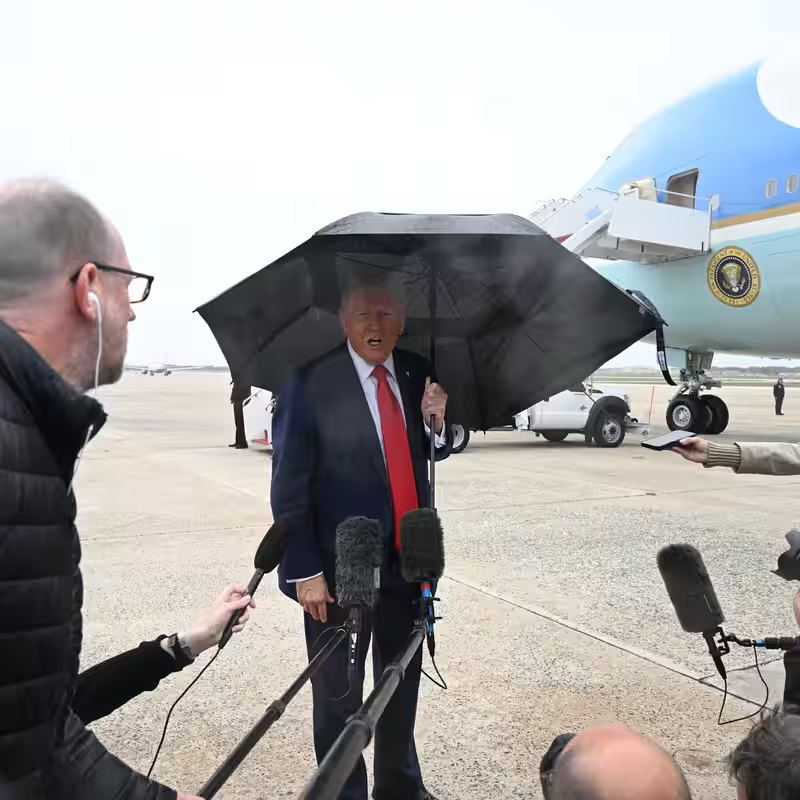President Donald Trump touched down in Israel on Sunday, marking a high-stakes diplomatic mission centered on one of the most emotionally charged moments of the Israel-Hamas conflict: the imminent release of 20 living hostages from Gaza. The visit, which includes a planned address to the Israeli Knesset and a co-chaired peace summit in Egypt with more than 20 nations, underscores the administration’s push to cement what it calls a “breakthrough” cease-fire deal.
Trump’s Israel Itinerary: A Symbolic and Strategic Stop
According to Israeli government spokeswoman Shosh Bedrosian, the 20 remaining living hostages are expected to be handed over to the International Committee of the Red Cross early Monday morning local time. They will then be transported to the Re’im military base in southern Israel, where tearful reunions with their families are anticipated.
“President Trump plans to welcome them home in person,” Vice President JD Vance confirmed during a Sunday morning interview on NBC’s Meet the Press.
Later on Monday, Trump is scheduled to address Israel’s parliament—a rare honor for a foreign leader—and meet with families who have endured nearly two years of uncertainty and anguish. The gesture is widely seen as both a show of solidarity and a political milestone for an administration that has staked significant credibility on brokering the current truce.
Gaza Peace Summit in Egypt: A Multinational Push for Stability
Following his Israel stop, Trump will travel to Sharm el-Sheikh, Egypt, to co-lead a high-level summit with Egyptian President Abdel Fattah el-Sisi. The gathering will include representatives from over 20 countries, including the United Kingdom, France, Italy, Spain, Qatar, and Turkey, as well as U.N. Secretary-General António Guterres.
The summit aims to solidify the first phase of a fragile cease-fire agreement that took effect Friday morning. Under its terms:
- All 20 living Israeli hostages will be released from Gaza.
- Approximately 2,000 Palestinian prisoners will be freed from Israeli jails.
- Israeli forces will partially withdraw from parts of Gaza.
While the deal represents a critical de-escalation, major sticking points remain unresolved—most notably whether Hamas will disarm and whether it can play any role in a future Gaza governance structure.
What’s at Stake: The Roadmap to Lasting Peace?
The Egyptian presidency described the summit’s goal as ending the war in Gaza, enhancing regional security, and ushering in “a new phase of stability.” For Trump, it’s also a chance to reframe his foreign policy legacy.
| Key Summit Attendees | Role in Gaza Peace Process |
|---|---|
| Donald Trump (U.S.) | Lead negotiator and cease-fire broker |
| Abdel Fattah el-Sisi (Egypt) | Regional mediator and host |
| António Guterres (U.N.) | Humanitarian coordination and monitoring |
| Mahmoud Abbas (Palestinian Authority) | Expected to represent Palestinian political leadership |
Notably, Israel’s participation in the Egypt summit remains unconfirmed, though the cease-fire itself was negotiated with its full involvement.
No U.S. Troops on the Ground, Vance Clarifies
Amid rumors of a U.S. military deployment to monitor the truce, Vice President Vance firmly denied any plans to send “boots on the ground” to Gaza or Israel. He clarified that existing U.S. Central Command personnel in the region would oversee aid flow and cease-fire compliance—but no new troops would be deployed.
“We’re not planning to have boots on the ground,” Vance said, seeking to quell concerns about deeper American entanglement in the conflict.
A Fragile Window of Hope
As the cease-fire enters its third day, both Israelis and Palestinians are holding their breath. While the release of hostages offers a moment of profound relief, many families still face the grim reality that the remains of loved ones may never be recovered.
“I think the reality is that some of the hostages we may never get back,” Vance acknowledged on Fox News, referring to the deceased.
For now, the world watches as Trump steps into the role of wartime peacemaker—a role he appears eager to embrace, even as the long-term viability of the agreement hangs in the balance.




